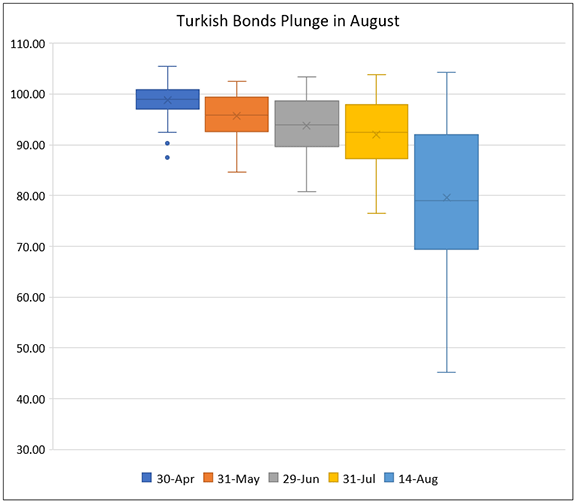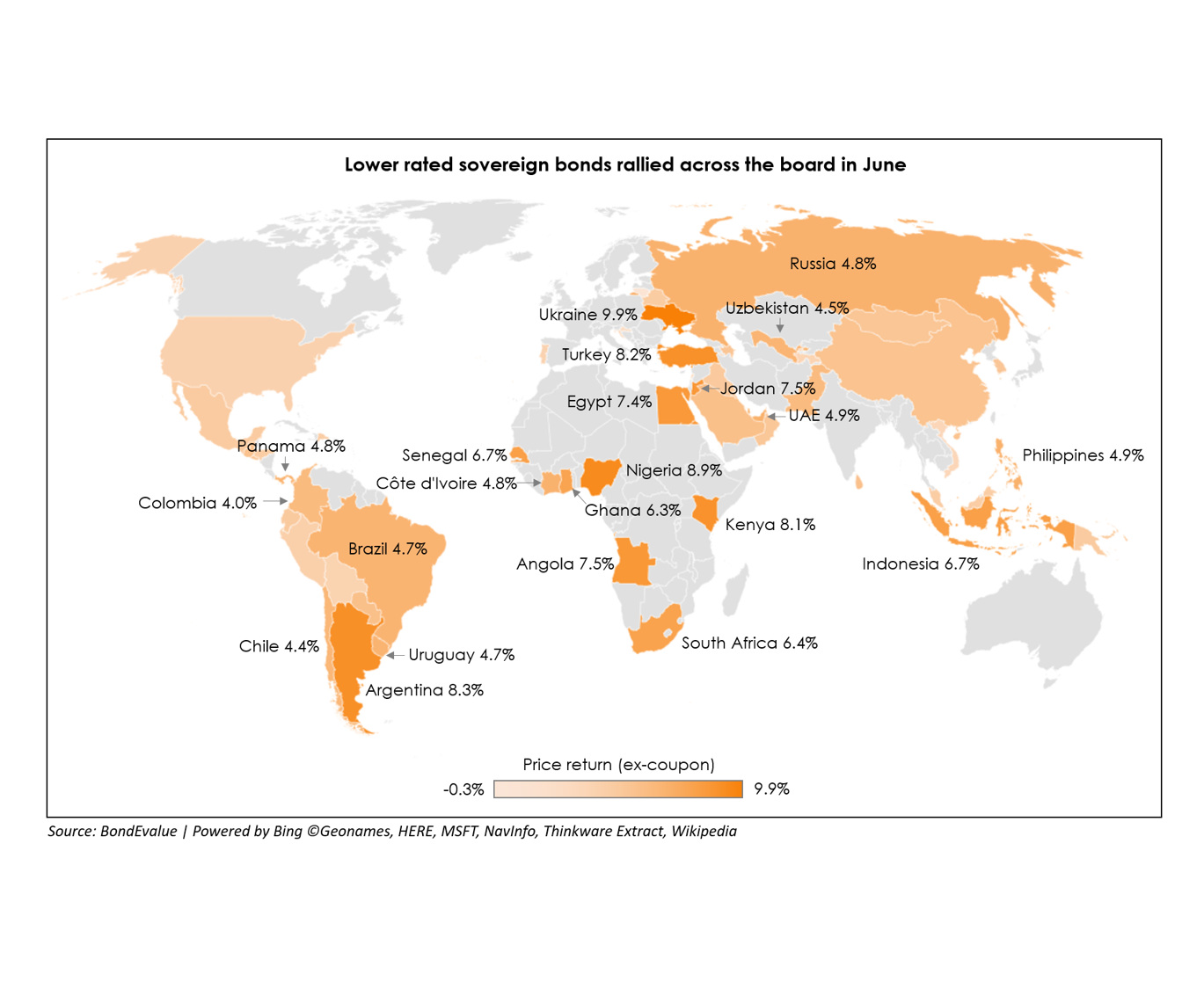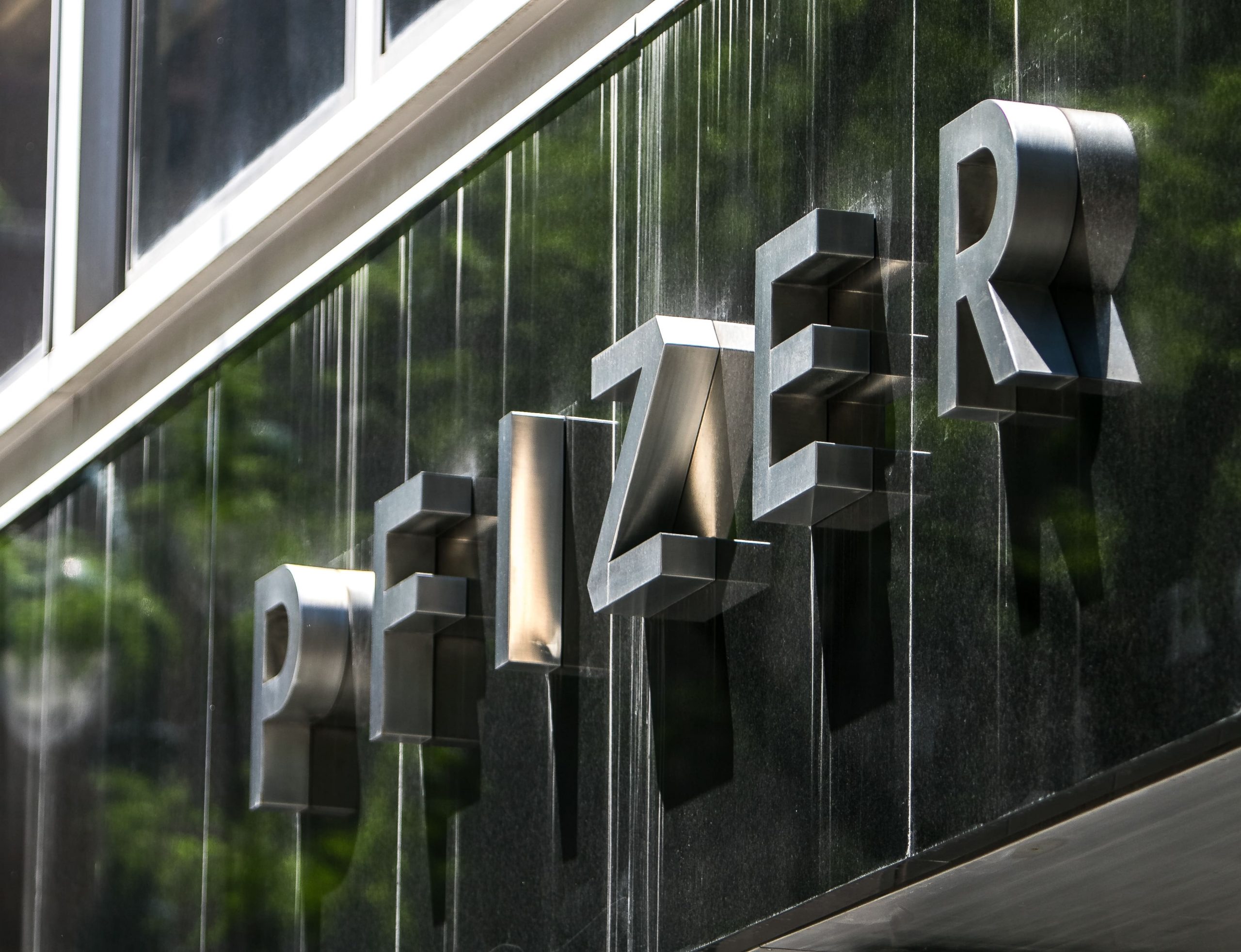This site uses cookies to provide you with a great user experience. By using BondbloX, you accept our use of cookies.
Bond Market News
Argentina Lets Peso Weaken, Intervenes Later to Limit Fallout; Dollar Bonds Drop
September 15, 2025

Argentina allowed the peso to depreciate last week and later intervene to limit a selloff amid a rush into dollars by local investors. The Treasury had spent about $100mn/day during the week before the Buenos Aires election to steady the currency. Post that, it cut spot dollar sales, letting the peso weaken and drift toward the top of its trading band. Simultaneously, the central bank sold overnight repos which stocked up to ARS 4.5tn ($244bn), to absorb cash that investors would have used otherwise to buy dollars. This strategy eased immediate pressure on the currency at that time.
However, as the room to maneuver narrowed, the currency fell by 5.9% last week to its current level of 1450, vs. the band ceiling of 1,471.9. Treasury FX deposits have dropped below $1.1bn, and central bank futures exposure is nearing its $9bn cap. To recap, the peso had fallen after President Javier Milei’s ruling party faced defeat in Buenos Aires province, fueling concerns about midterm elections in October and the durability of the reform agenda. Analysts warn volatility could intensify as households re-dollarize at month-end, testing whether authorities can defend the peso with limited tools.
Argentina’s 5% 2038s were down by 7.4 points last week, currently trading at 58.24 and yielding 9.78%.
For more details, click here.
Go back to Latest bond Market News
Related Posts:








